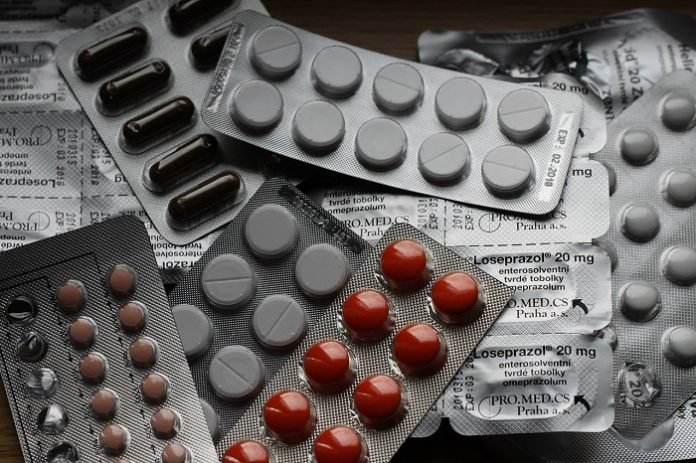
Many people have unused medicines in their cabinet.
These old drugs may include some painkillers, antibiotics, sleeping pills or flu/ cold drugs.
According to researchers from Michigan Medicine, the old drugs not only can take up valuable storage space but also can be dangerous to people and the environment.
There are four big health risks that old medications may bring:
Many teens and young adults may obtain drugs from a family or friend’s medicine cabinet. They later suffer from drug abuse and addiction.
Therefore, it is important to properly discard any expired or unneeded medications in your possession.
Expired medications pose a risk of interaction with other prescription drugs. It is not safe to share medications with someone else or retain the drugs for years to take with new medications.
Over-the-counter medications can also be a problem. Aspirin, acetaminophen or even iron supplements can be deadly if taken in large amounts.
Many pill organizers are not childproof. Children may ingest medications that aren’t safely stored. It is important to keep all such organizers properly secured, whether or not they lock.
So how to get rid of old medications?
Researchers provide two options.
The first is National Prescription Drug Take Back Day, which is on Oct. 28 every year. In that day, hundreds of community police departments around the country will help people get rid of their old drugs.
The second option is that many police departments across the country maintain secure drop boxes for no-questions-asked medication deposits at all hours.
In addition, many websites aim to help people find a drop-off location include RxDrugDropBox and Drug Disposal Locator Tool.
If you cannot find a take-back location near you or have no time to do it, try to find help from The U.S. Food and Drug Administration.
The FDA offers several tips for disposing of medications.
You shouldn’t just flush those meds down the toilet or throw them in the trash.
This could lead to environmental contamination that might harm wildlife or even send the drugs into your drinking water supply.
Copyright © 2019 Knowridge Science Report. All rights reserved.



